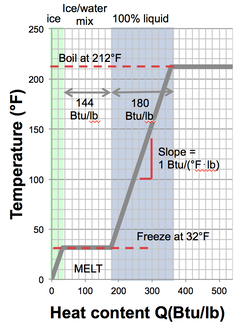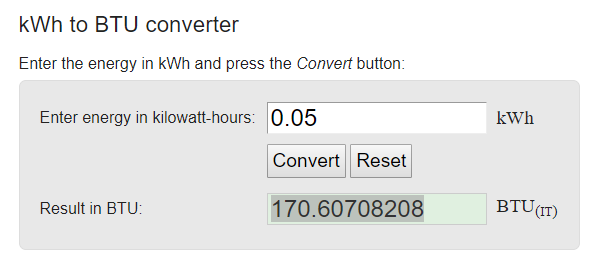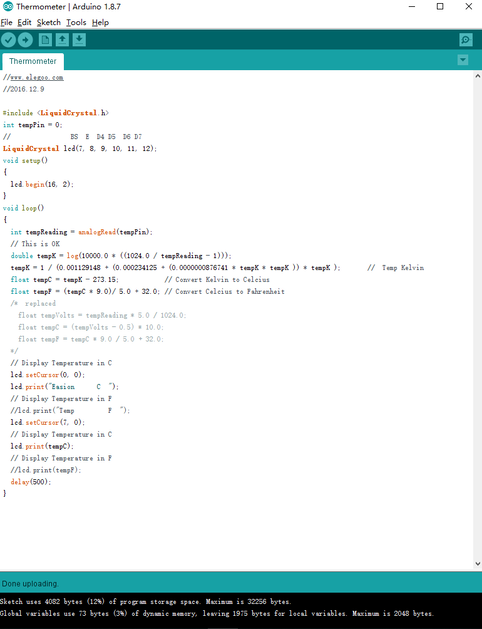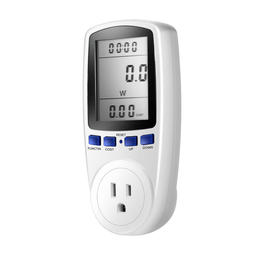Methodology
Measure the energy required to heat the ice to the water.
1. Putting 1 pound of water in the refrigerator and freeze it into ice.
2. Place the heater in the center of the ice so that it can be evenly heated.
3. Place the water sensor in the ice .
4. Record the initial ice temperature and air temperature.
5. Heating the ice, When the ice cube temperature reaches 32 °F, record the number of current monitor and stop heating.
1. Putting 1 pound of water in the refrigerator and freeze it into ice.
2. Place the heater in the center of the ice so that it can be evenly heated.
3. Place the water sensor in the ice .
4. Record the initial ice temperature and air temperature.
5. Heating the ice, When the ice cube temperature reaches 32 °F, record the number of current monitor and stop heating.
Measurement Methodimage courtesy of Z Smith, Tulane University
TemperatureConnect Hobo data logger with water sensor to measure temperature change
kw.h to BTU |
MaterialThe Acrylic board was used as a container for water and ice, and the insulating material was attached to the outside.
EnergyUsing the Current Monitor to measure how much energy the heater lamp uses
|




